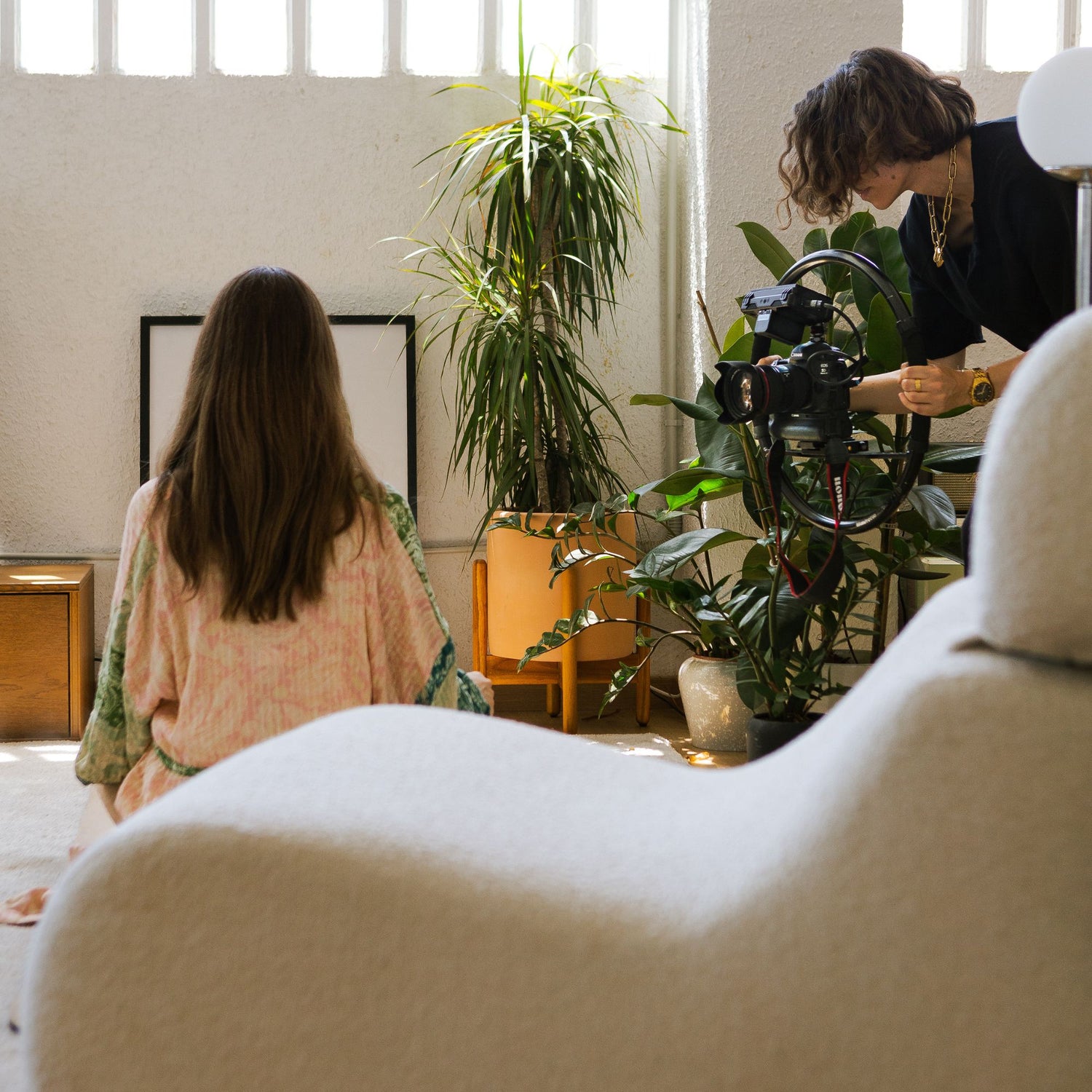Embracing Conscious Living: A Guide to Sustainable Urban Living
Conscious living is becoming more popular than ever, driven mainly by increased awareness of our impact on the planet. Sustainable urban living is currently one of the hottest commercial trends.
However, people should want to opt into sustainable living for its environmental benefits rather than because it’s fashionable. So, if you’re new to eco-living, here’s why it’s important and what you can do to make a change.
Understanding Sustainable Urban Living
In short, sustainable living is about reducing your environmental impact. One of the biggest parts is that it acknowledges we must still buy and consume products, but it argues that we do so in the least damaging way possible.
It’s only in the last 5-10 years that sustainable living has really taken off. However, the irony is that much of it relies on going back to the ‘old ways’ – refillable bottles, plastic-free packaging, and shopping local. These concepts worked for a long time, so it makes sense that they’d work for us in the future.
For an idea of how popular eco-living is, one company predicts the industry will be worth $12 trillion by 2030. Another survey predicts it’ll have a compound annual growth rate of 21.9% a year. The bottom line is that sustainable living is on the rise, so there’s never been a better time to get on board.
Why Choose Sustainable Urban Living?
Although human-based environmental impact isn’t a new concept, we’ve certainly woken up to the issue in recent years. First, there was the ozone problem, then there was CO2 emissions. Now, it’s plastic pollution.
We produce more than 380 million tonnes of plastic a year. Despite recycling efforts, only 9% of the UK’s plastic waste actually gets recycled. Of the remaining 91%, 79% ends up in landfill or, worse, in the oceans. As you probably already know, plastic takes hundreds of years to break down and even then doesn’t disappear entirely. Read More.
So, we unfortunately can’t rely on recycling to combat the amount of plastic we use. The solution, therefore, is to simply reduce consumption. After all, the less we use, the less waste there is to recycle.
This is arguably one of the main purposes of sustainable living. Plastic production also feeds into CO2 emissions, which is the other important aspect. But this is also influenced by everything from livestock rearing, clothing production, and food shipping.
Another way of answering the question: what is sustainable living? It's promoting change on a large scale by altering your personal habits. There are plenty of things you can do to reduce plastic waste and CO2 emissions, as we’ll discuss below.
How to Live a Conscious Lifestyle
The most important part of sustainable living is consciousness. This means being conscious of what you use, how you use it, and where you buy from. Here are some beginner’s tips for how to live a conscious lifestyle:
1. Avoid Fast Fashion
Fast fashion describes clothing stores that pump out new lines every few weeks rather than releasing a single seasonal collection.
The specific culprits will change depending on your country, but they include brands such as H&M, Primark, Forever 21, New Look, and more.
The fast fashion industry has a massive environmental impact. It includes not only clothing production but also disposal of waste items. Plus, nothing is ever made to last, so you’re incentivised to buy more.
As you might expect, the easiest way to avoid this is to buy elsewhere. But finding the right brands can be difficult. After all, companies like H&M have recently started ‘eco’ labels, but these are no better.
Instead, try to buy second-hand where possible. If you can’t, buy quality pieces, ideally made from natural materials (cotton, linen, etc.). While they’ll be more expensive, you’ll save money compared to buying from fast fashion brands, simply because the items will last longer.
2. Embrace Refillable or Reusable Products
Take cleaning for example, cleaning products have been a major focus in the sustainable living industry. They use a lot of plastics and often contain ingredients that are harmful to the environment. The solution? Buy refillable, natural products.
hygëia has created fresh, natural and sustainable cleaning products. A starter pack includes beautifully designed amber glass bottles (that help preserve your cleaning products) and powdered cleaning concentrates derived from mother nature’s finest plants, minerals and essential oils.
All you do is mix the powder with water in the bottle, and you’ve got a refillable cleaning product. Among the many benefits of doing it this way is a reduced carbon footprint. After all, what’s the point in shipping you water when it comes out of your tap?
Switching to refillable cleaning products might seem like a challenge in the beginning. However, plenty of companies offer flexible subscription plans, giving you one less thing to worry about when writing your shopping list. Also, when blended correctly, natural products have been proven to be just as effective as big-name brands, just without the dangerous chemicals.
3. Shop Local
Another vital aspect of sustainable living is shopping locally. This isn’t to say don’t order anything online, but focus on what you can buy local. Food is a good option because, with a bit of research, you’ll likely find farms that grow vegetables and raise livestock much closer than what you can buy at the supermarket. Hunt down a greengrocer and a butcher, and you might even find the prices are cheaper.
When it does come to buying stuff online, focus on the how. For example, opt for shipping through standard mail, as that’ll be coming to your door anyway. If you do need to use a courier service, having it shipped to a locker rather than your home can reduce carbon emissions by 90%.
Getting Sustainable with hygëia
Hopefully, you’ve now got a clear answer to the question, what is sustainable living? Moving towards an eco-lifestyle starts with small changes, but these pave the way to larger, more impactful moves.
We believe all individuals have the power to make positive change and that is why all of our solutions support a circular economy. .
We avoid the usage of single use plastic which is becoming a real world issue. In addition, 90% of our home cleaning products are made up of water. Why then do we unnecessarily ship over 230 BILLION tons of water around the world each year?
With our solution, you use your own water and we provide you only with the necessary powdered form cleaning concentrate. Read More
Love & blessings...hygëia



